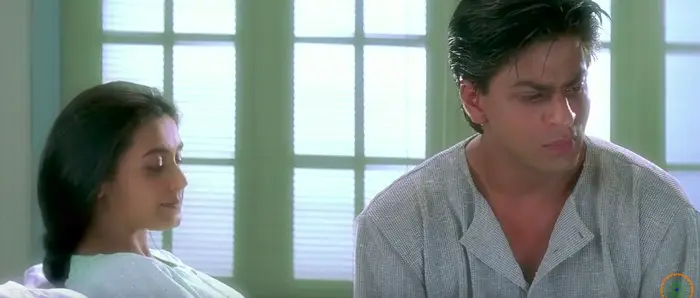A few weeks ago, I came across this quote by Aoka Matsuda;
“And so, the woman dies. The woman dies so the man can be sad about it. The woman dies so the man can suffer. She dies to give him a destiny. Dies so he can fall to the dark side. Dies so he can lament her death. As he stands there, brimming with grief, brimming with life, the woman lies there in silence.”
It made me think how this is a recurring pattern in media from movies, tv shows and books to video games. I also wondered if there was a specific name for it and the closest thing I could find was this term “Women in Refrigerators” coined by the writer Gail Simone, inspired the Green Lantern comic where Kyle finds that his girlfriend, Alex has been brutally murdered and stuffed into a fridge. Gail also pointed how this plot device is used disproportionately on women through physical harm, sexual assault, death, or loss of power; a phenomenon commonly known as "fridging."
So, women in refrigerators basically refers to the unfortunate fate of female characters who are subjected to brutal violation or untimely deaths that serve as a plot device for the development of the male leads’ story arc.
I also remember professor mentioning in class that during the 80s the worst role for a woman in a Bollywood movie was to be the male lead's sister because as a character she would always get raped, sparking the hero to enact revenge; this is another very fitting example of the trope. Often it is done for cathartic effect; to evoke strong emotional responses like anger, grief and vengeance.
While Gail Simone went on to make a website with over 99 female characters who have fallen victim to this trope, let us look at some other famous examples:
1. Gwen Stacy, The Amazing Spiderman

Despite our beloved spidey heroically swooping in and catching her, she snaps her spine. One of the most shocking character deaths I've ever witnessed but hey! at least peter's arc has an extra layer of complexity now.
2. Grace Burgess, Peaky blinders

Tommy needed more emotional depth as a character so let’s shoot his wife and send him into a spiral of manic rage to avenge her death.
3. Tina, Kuch Kuch Hota Hai

Umm....who wants to be killed off to serve as a catalyst for their partner’s realisation of their true love? Sorry tina, you deserved better.
4. Allison Argent, Teen Wolf

If like me, you had the unfortunate experience of watching this as a 12 year old, you probably remember how tragic it was to see allison die in scott's arms.
Such treatment of women to add shock value or to give the male leads more interesting character arcs, can be dehumanising. It gives the message that women exist solely for the purpose of advancing the male protagonist's plot and overshadows their individuality and potential for growth as characters. When we remember their deaths we mainly think of them in relation to the effects they leave behind on the men. On the surface it may be unnoticeable but It is also indicative of broader societal views; that women are disposable and their lives are less valuable than those of their male counterparts.
So let me know how you feel about this trope. Or if you can think of any other women in refrigerators, share them in the comments below.